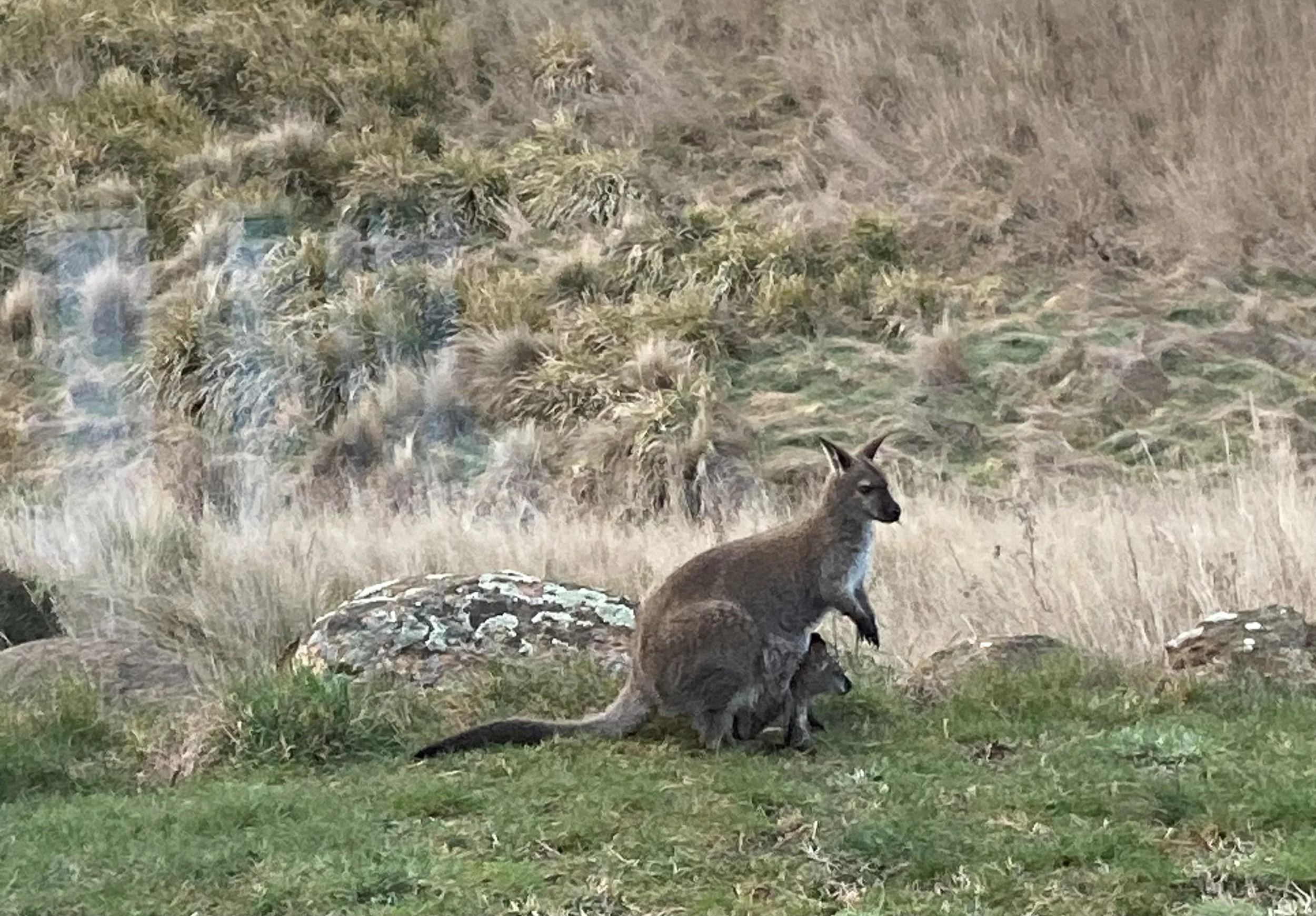For the third time in seven years I have reason to be grateful to our local volunteer fire brigades. My farm borders the Midland Highway for several kilometres south of Oatlands, on the downwind side of westerly winds, leaving me vulnerable to fires starting from a careless cigarette, or in this case, apparently a fault in the power line running alongside the highway. The third fire was started by lightning, back in 2019.
Enhancing Biodiversity: Fire
We tend to think of fire as a predominantly destructive force—mesmerising and often beautiful to watch, but ultimately a threat to our livelihoods, property and even our lives. On my own farm, I have been deeply wary of using fire deliberately because of fear of it getting out of control. I used it to burn off gorse (before I learned the error of my ways) and even with professionals to help with control, found it a nerve-wracking experience. I’ve also had two bushfires start accidentally, one from lightning and one from a careless cigarette tossed out along the highway.
Watching the recovery from those three fires, though, taught me there is a benefit in the renewal of plants and diversity following the fire’s devastation, and those ideas have slowly (very slowly) led me to the study of Indigenous cultural burning.
Six Impossible Things
As often happens to me, I mis-remembered this quotation. I thought it was about doing six impossible things before breakfast, thereby revealing my lamentable tendency to jump into things with all four feet without due consideration of the consequences. Believing six impossible things is a lot harder, I think.









